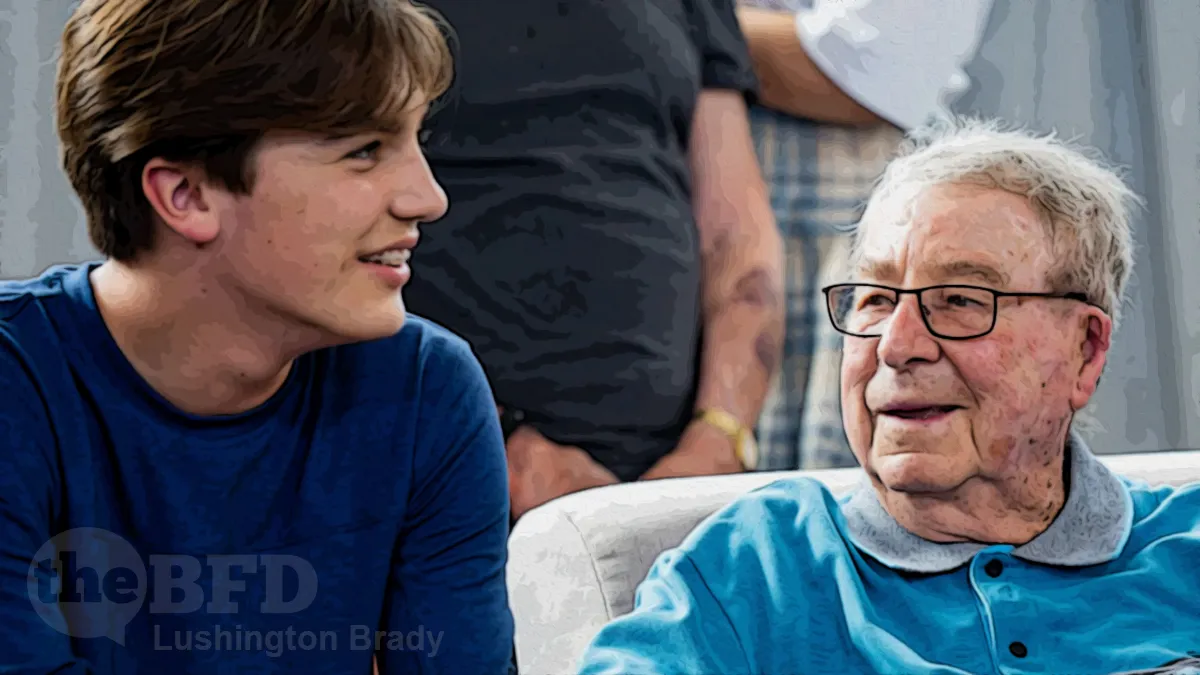Table of Contents
Groucho Marx famously said that you’re only as young as the woman you feel. But behind the quip is more than a skerrick of truth: ageing is as much a matter of mind as of body. Of course, no amount of wishful thinking is going to make old bones young and healthy as they once were, but at the same time a healthy mind can go a long way to staving off complete decrepitude.
Several experiments have shown how much this may be the case. In 1981, Harvard psychologist Ellen Langer conducted an experiment where men in their 70s were immersed in a world of their youth: a former monastery converted to a recreation of the 1950s. One group even had no mirrors, only a photograph of themselves in their youth. The experiment showed dramatic physical and mental improvements in just five days.
In 2010, the BBC recreated the study for a TV program, The Younger Ones. With the same impressive results
More recently, an Australian tv experiment, Old People’s Home for 4 Year Olds, looked at what happens when a bunch of nursing home residents mingled daily with kindergarten kids. The show was not just heartwarming television: analysis by child psychologists and gerontologists showed huge benefits for both groups.
Now, the experiment is being given a new twist.
In a global first, older adults and teenagers are being brought together in Old People’s Home for Teenagers.
Participants in the senior age bracket range from 74 to 93 years old, and the teenagers sit between 14 and 16 years old.
So, how will the fogeys and the Zoomers get on?
Even the participants were apprehensive.
“I feel like I’m going to be so awkward. I don’t know how to relate to them. I feel like they just read the newspaper,” one teen remarked before heading into the experiment.
It’s said that children and grandparents get on so well because they have a common enemy. In today’s fragmented families, where the elderly are so often resentfully farmed out to old folks’ homes, kids and oldies mightn’t see so much of each other. But they still have a common enemy.
The answer is loneliness.
“I feel empty, hopeless. I feel lonely all the time,” says 74-year-old Cecilia in the first episode […]
While the older people experience loneliness through feeling like they’re not participating in life anymore, the younger teens struggle with making friends, isolation and working out who they are in life.
I’ve written before that today’s young people are a generation especially blighted by loneliness. Why would this be? These are traditionally the years when people often form their most intense friendships, after all. It’s likely that that was first broken by the rise of so-called “social” media.
Then a new monster came along and stamped on the shattered pieces.
Both demographics were some of the hardest hit during the pandemic.
“When I came back from the most recent lockdown, I didn’t have anybody. That was kind of the reason I joined the program,” says 15-year-old Dora.
One-in-three seniors say they are lonely, for teenagers, it’s one in two.
So, now they really do have a common enemy.
As the show’s adolescent expert says, each group has a lot to teach the other and fostering intergenerational relationships could be key to combating loneliness.
“One’s got a lived experience and the other is going through a journey for themselves, so having someone who has gone through what they’re going through allows them to ask questions on ways to get through what they’re going through,” the show’s adolescent expert Ali Faraj says.
“All of us are writing our own books, and these older adults have a book that’s written, and it’s a privilege for us to be able to read that book.”
Ali says it’s important for parents to put their younger teenagers into environments where they are connecting with other people, both older and younger.
“People were starting to share situations, emotions and feelings, and people started to bounce off each other [and] create real life bonds,” says Ali.
He says the moments that hit the hardest during the experiment came when people started to realise they aren’t alone, and that there are people out there who can support and befriend them.
Perhaps instead of spending their free time chasing meaningless “Likes” on Instagram, young people might consider volunteering at an old folks’ home. For their part, instead of sitting in front of the tv tut-tutting about the younger generation, the oldies might find out they’ve got more in common than not.
And if you’re wondering whether it did continue, like Ali said was important – it did.
“I went to see Shakespeare with Phil on Thursday, and Cecilia took me shopping for my birthday,” says Dora.
“It’s all round a really great experience and all the friends I made, I hope I’ll be friends with for a very long time.”
ABC Australia






